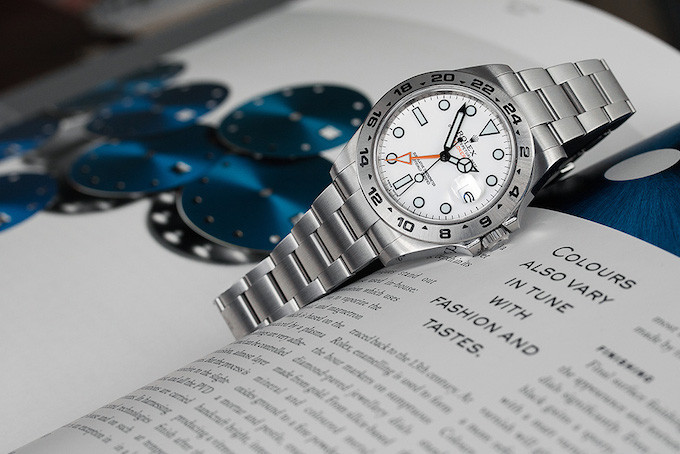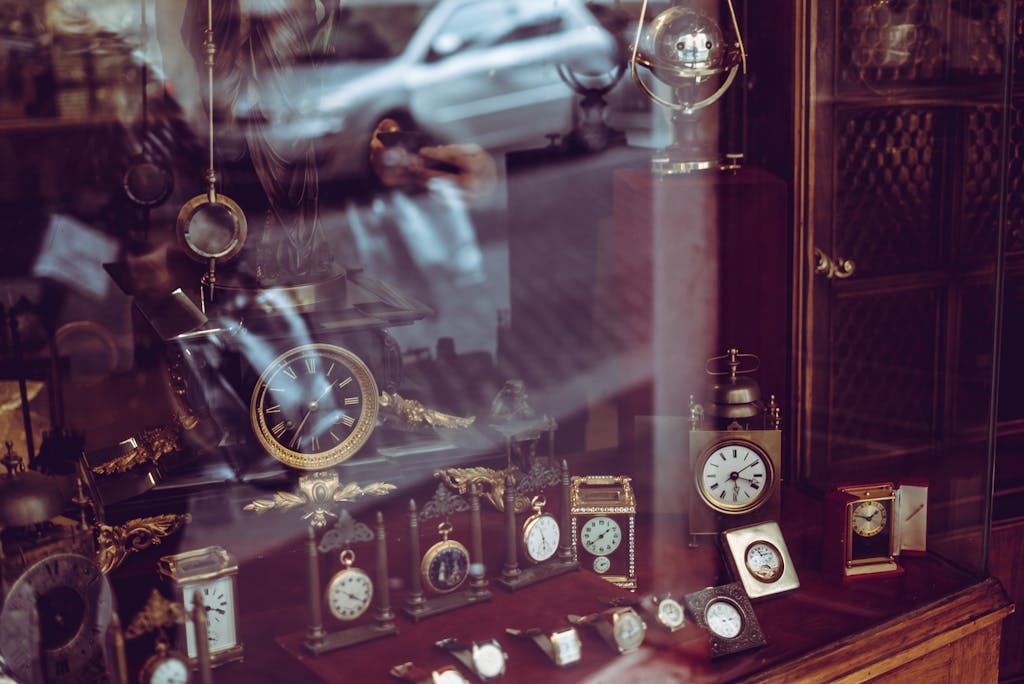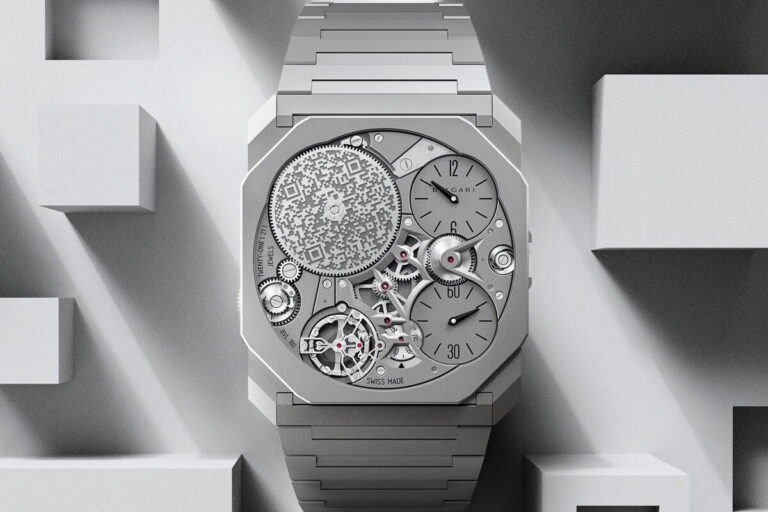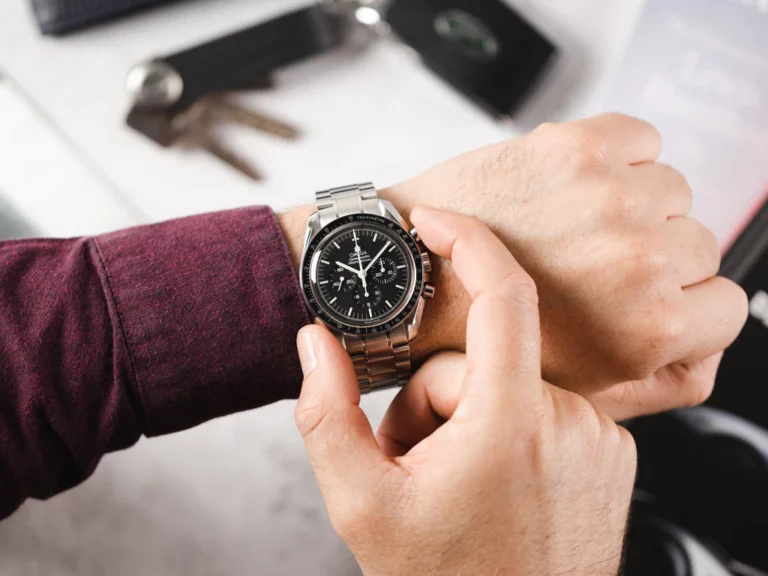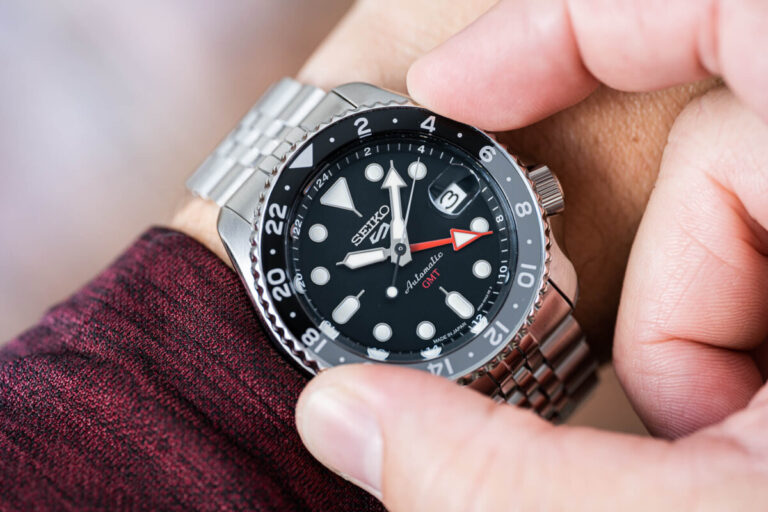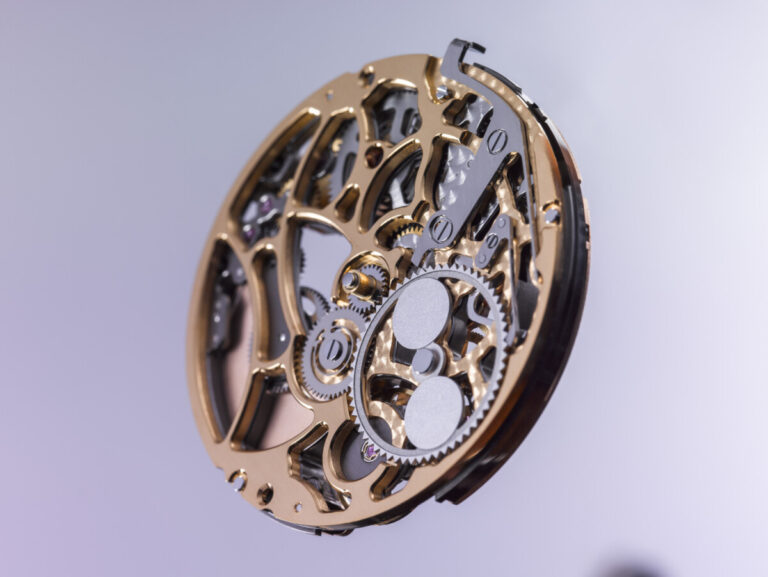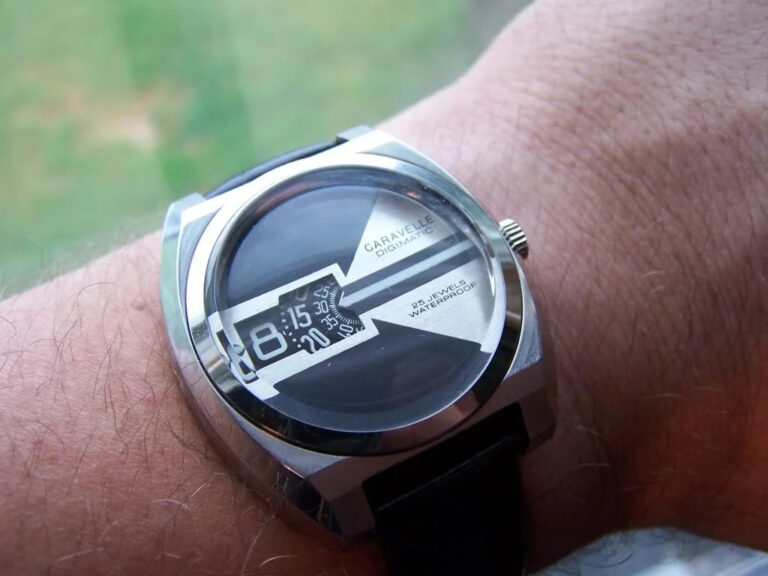As an avid watch enthusiast, I’ve come to realize that the world of horology often feels like a language of its own. With terms frequently borrowed from French, understanding the intricate terminology surrounding watches can be a daunting task. However, by mastering this jargon, we can unlock a deeper appreciation for these intricate timepieces and make informed purchasing decisions. In this comprehensive watch terminology list, I aim to demystify the language of watches, empowering fellow enthusiasts to navigate this realm with confidence and knowledge.
Inside the Watch: Unraveling the Mechanical Marvels
At the heart of every watch lies its movement, the intricate mechanism that powers its timekeeping and additional functions. This component is often referred to by its specific model or type, known as the caliber or calibre. Within this intricate dance of components, the balance wheel oscillates at a consistent rate, transmitting energy to move the watch’s hands. Regulating these oscillations is the balance spring, also known as a hairspring, ensuring accurate timekeeping.
The gear train, a complex system of interlocking gears, plays a crucial role in transmitting energy from the mainspring, a tightly wound coil of metal that stores potential energy. This energy is gradually released through the escapement, a critical mechanism that controls the watch’s movement. The barrel, which houses the mainspring, directly influences the watch’s power reserve, the duration for which it can operate when fully wound.
To reduce friction and ensure smooth operation, watches incorporate jewels, synthetic rubies or sapphires used as bearings within the movement. Supporting this intricate system is the mainplate, the foundational base upon which all other components are mounted, along with bridges, supporting frames that secure various parts in place.
In automatic watches, a weighted component called the rotor rotates with the natural motion of the wearer’s wrist, winding the mainspring and ensuring continuous operation. The frequency, measured in vibrations per hour (VPH) or hertz (Hz), determines the rate at which the balance wheel oscillates, contributing to the watch’s overall accuracy.
Types of Watch Movements: Mechanical Marvels and Quartz Precision
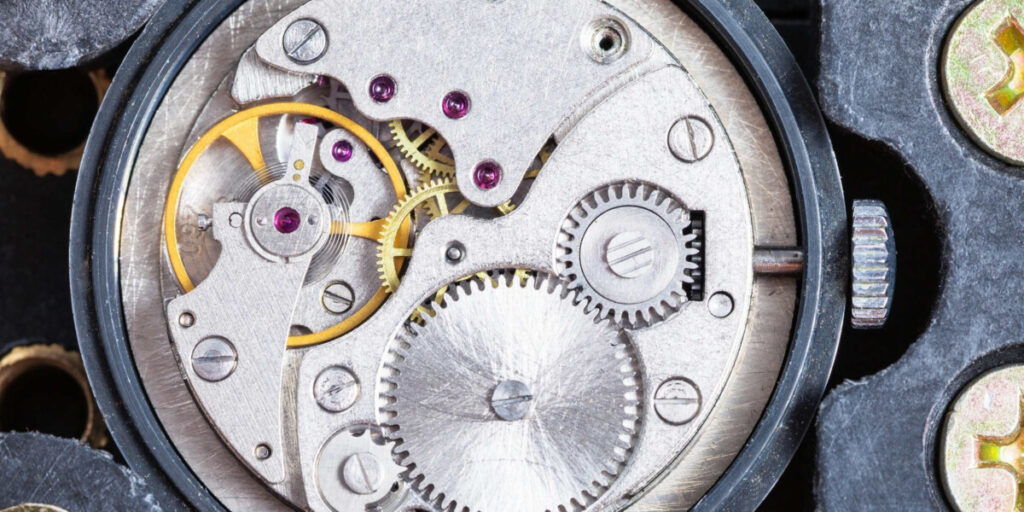
At the core of every watch lies its movement, the intricate mechanism that breathes life into the timepiece. Among the most revered are mechanical movements, which harness the energy stored in the mainspring to power their intricate mechanical components. Within this category, automatic movements stand out for their ability to self-wind through the natural motion of the wearer’s wrist, while manual wind movements require periodic winding to maintain their power reserve.
On the other hand, quartz movements offer a different approach, utilizing the precise oscillations of a quartz crystal to regulate time. These movements are often battery-powered, providing convenience and exceptional accuracy, making them a popular choice for everyday wear.
Exploring the External Elements: Aesthetic and Functional Designs
Beyond the intricate mechanisms within, watches boast a range of external components that contribute to their functionality and visual appeal. The case, the outer shell protecting the movement, is complemented by the caseback, often removable for servicing and maintenance. Some watches feature an exhibition caseback, a transparent rear cover that allows enthusiasts to admire the movement’s intricacies.
At the center of a watch’s visual identity is the dial, displaying the time and often incorporating additional complications. Protecting this vital element is the crystal, crafted from materials like glass, sapphire, or plastic, while the hands and indices (hour markers or numerals) guide us in reading the time.
Surrounding the crystal is the bezel, a ring that can be functional or decorative, and in some cases, rotates for specific purposes. Beneath the crystal lies the rehaut, a metal ring that can be used for branding or decorative elements.
Extending from the case are the lugs, where the watch strap or bracelet is attached, and the crown, the knob used for setting the time, date, and winding the watch. Water-resistant watches incorporate gaskets, sealing rings that prevent moisture or dust intrusion, while pushers, buttons found on chronograph watches, activate and control stopwatch functions.
Design Components: Artistic Expressions on the Wrist
In the realm of watchmaking, aesthetics and functionality often converge, resulting in captivating design elements. One such feature is the skeleton design, which reveals the inner workings of the watch through a transparent dial or caseback. Similarly, the open heart variation offers a tantalizing glimpse of the movement through a strategic cutout on the dial.
The art of guilloche engraving adds intricate, repetitive patterns to the dial, elevating its visual appeal. Applications, such as applied indices or numerals, add depth and dimension, while materials like mother of pearl lend an iridescent, shimmering quality to the dial’s surface.
Watchmakers also employ gold plating techniques, enhancing the watch’s aesthetics with a touch of luxury. The shape of the hands plays a significant role in the overall design, with Dauphine hands tapering to a point, feuille hands resembling leaves, and alpha hands offering a dynamic, elongated diamond shape, each adding its unique character to the timepiece.
Complications and Functionalities: Mastering the Art of Timekeeping

While telling time is the primary function of a watch, many models offer complications, additional features that extend beyond basic timekeeping. One of the most common is the date window, an aperture displaying the current date, often accompanied by variations showcasing the day and month.
For those seeking more advanced functionality, the chronograph complication transforms the watch into a stopwatch, with multiple subdials for timing intervals. More specialized variations include the flyback chronograph, which instantly resets without stopping ongoing timing, and the rattrapante chronograph, capable of measuring multiple time intervals simultaneously.
The realm of high horology also boasts incredibly intricate complications, such as the minute repeater, which chimes the hours, quarter-hours, and minutes on demand, audibly indicating the time. The visually captivating tourbillon counteracts the effects of gravity on timekeeping, while the perpetual calendar accurately displays the date, day, month, and leap year, adjusting for irregular month lengths.
Aesthetic complications like the moon phases indicator add a touch of celestial beauty to the dial, while practical features like water resistance and hacking seconds (the ability to stop the second hand when setting the time) enhance the watch’s functionality in various environments.
In the modern era, digital watches have also gained popularity, displaying time using digital numerals rather than traditional analog hands, often incorporating additional functionalities like alarms and timers.
Horology and Status: The Pinnacle of Timekeeping Artistry
At the highest echelons of watchmaking lies the realm of horology, the scientific study and art of timekeeping, encompassing the creation and measurement of time itself. Within this exalted domain resides haute horlogerie, the pinnacle of watchmaking, where exceptional craftsmanship, innovation, and artistic design converge to create true horological masterpieces.
One of the most prestigious accolades in the world of watchmaking is the COSC certification, awarded by the Contrôle Officiel Suisse des Chronomètres, a Swiss organization that rigorously tests and certifies the accuracy of watch movements. Timepieces that meet these stringent standards are bestowed the coveted title of chronometer, a testament to their exceptional precision and quality.
Conclusion
As I delve deeper into the captivating world of watches, I find myself increasingly enamored with the rich terminology that surrounds these intricate timepieces. From the intricate mechanisms within to the design elements that adorn their exteriors, each term holds a story, a glimpse into the artistry and engineering that breathes life into these wearable marvels.
By mastering this comprehensive watch terminology list, we not only gain a deeper understanding of the language of horology but also unlock a newfound appreciation for the craftsmanship and innovation that goes into creating these timeless masterpieces. Whether you are a seasoned collector or a budding enthusiast, this lexicon serves as a valuable tool, empowering you to navigate the realm of watches with confidence and knowledge.
So, embrace the intricate terminology, revel in the nuances, and let this lexicon be your guide as you embark on a journey through the captivating world of timepieces, where each term holds the promise of discovery and a deeper connection to the art of timekeeping.

